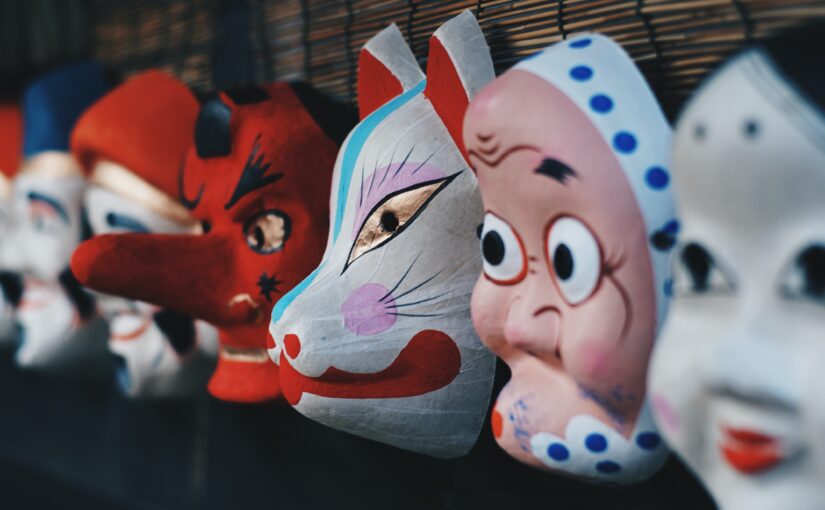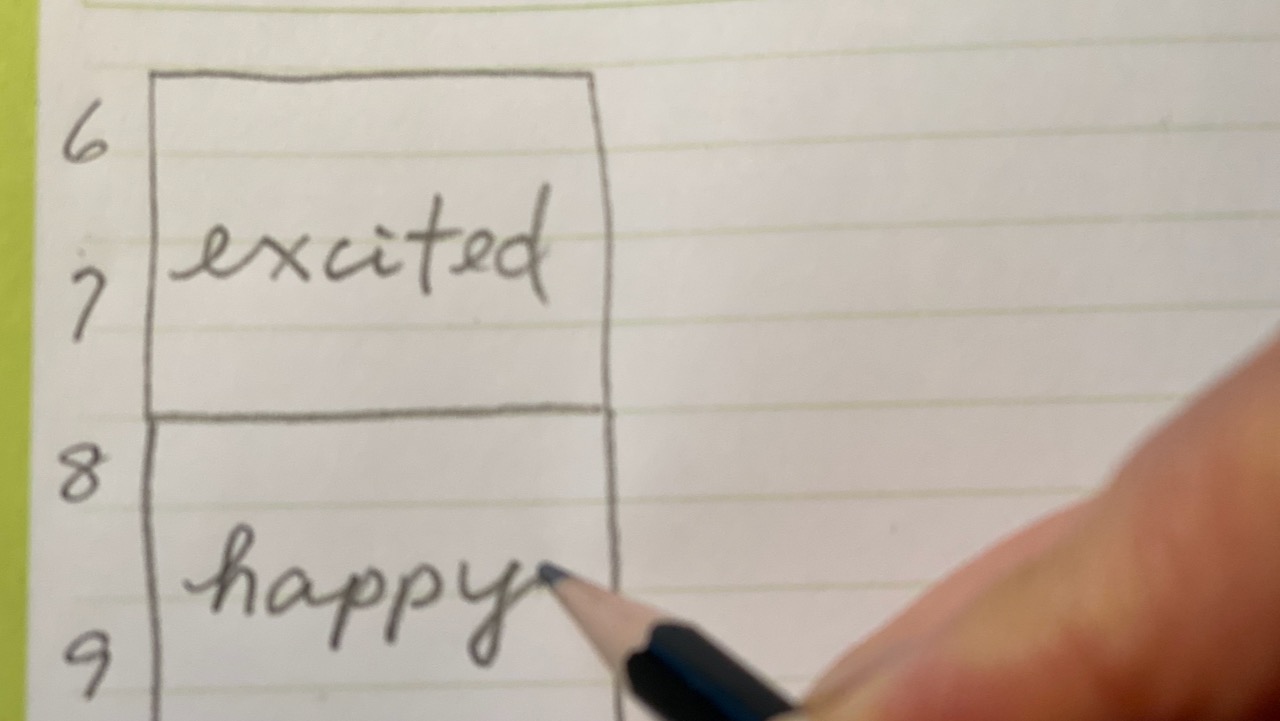Day 2 of 30 Day Writing Challenge
Photo by Bruce Tang on Unsplash
What makes me happy? Lately I’m finding happiness in writing. I look forward to the time in the morning when I sit in front of a computer and start typing. What else? Eating my favorite cake? Touching the petal of a beautiful flower? Smelling its sweet fragrance?
What happens if my computer is not in front of me? My favorite cake not on the plate? No more flowers blooming? Does it mean I can’t feel happiness anymore?
Not quite. If I sit still and close my eyes, I can recall the soft color of the cake, the crunchiness of the first bite, that sensation of the cream melting in my mouth. They are all memories stored somewhere, and by recalling these memories I have the same sweet experience that makes me feel happy. Not a physical piece of cake, but the memory I associate with the experience when I ate the cake, makes me happy.
My room is chilly now so I’m running a space heater. The noise it generates is big. Can this noise make me feel irritated? Possible. But once I close my eyes, recalling my memory about the favorite cake, my vivid sweet experience fills my mind. I almost forget that the noise the space heater is generating.
A piece of cake and a space heater are both something that exist around me. Oh, and my husband! They all generate something that cause my sensations (see, hear, touch, smell and taste.) I store in my memory those sensations together with my sweet experience, or with nasty experience. The voice of my husband when he yells at me definitely gives me nasty experience, but his voice when he says thank you or he loves me gives me sweet experience.
Remember, it’s not the cake, but the memory I associate with is what it counts. And I am capable of selecting which memory to recall in order to make myself happy. Not the noise of a space heater, not the voice of my husband yelling at me. I am in charge of making myself happy or not.
So what makes me happy? Myself. Nothing else. I’m not at the mercy of something else to make me happy. Isn’t it quite liberating?





